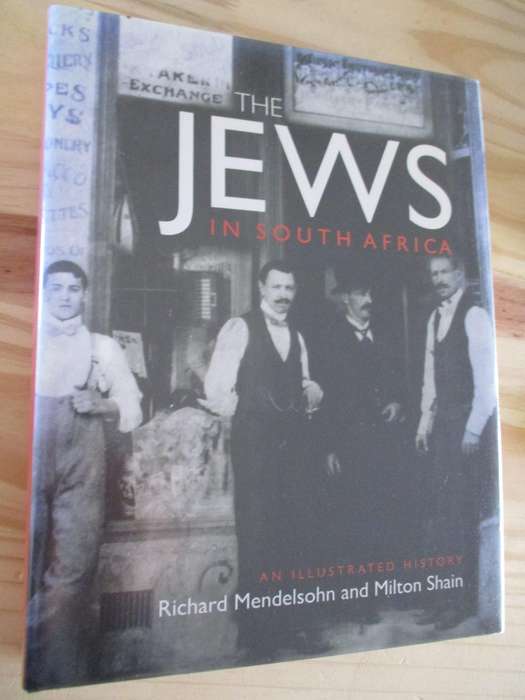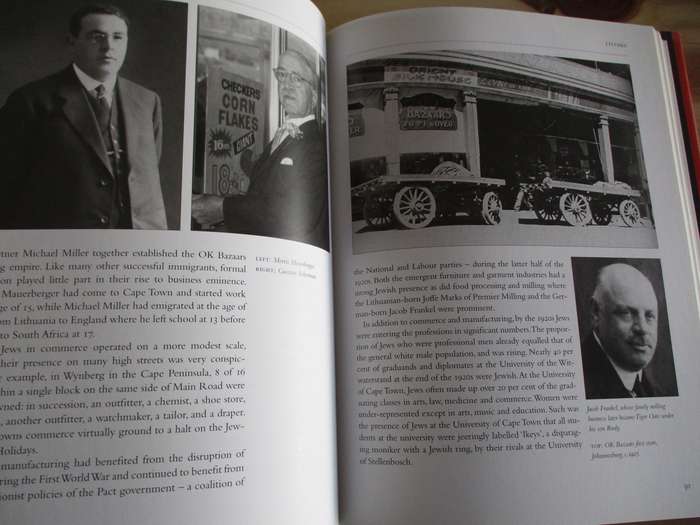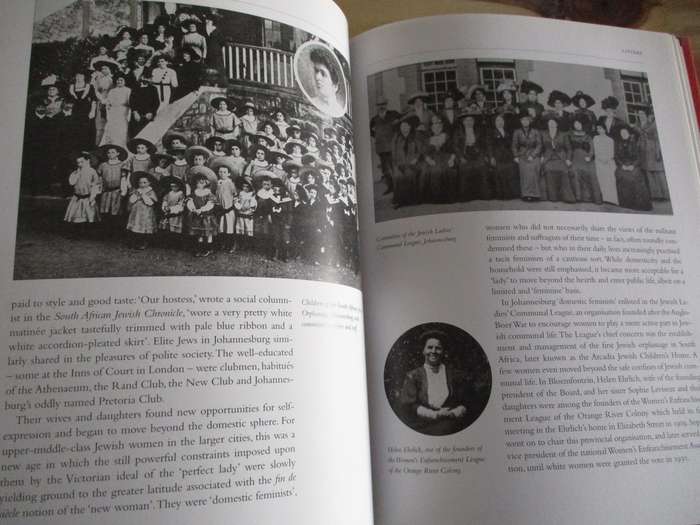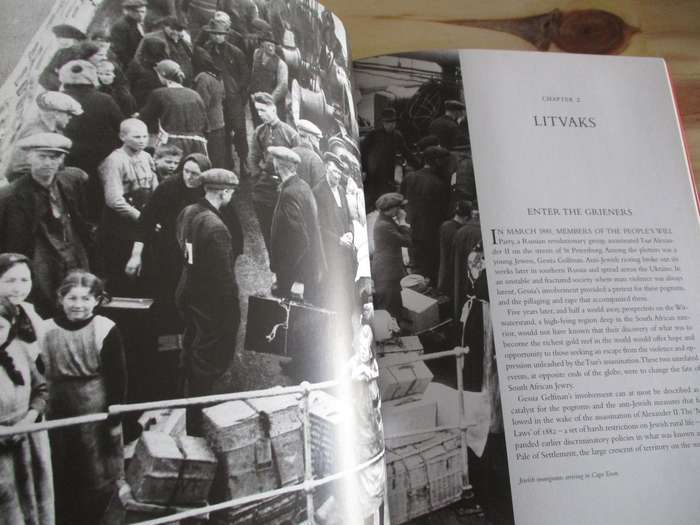










THE JEWS IN SOUTH AFRICA
Check my rate
| Main centres: | 1-3 business days |
| Regional areas: | 3-4 business days |
| Remote areas: | 3-5 business days |











| Main centres: | 1-3 business days |
| Regional areas: | 3-4 business days |
| Remote areas: | 3-5 business days |
The book is divided into four chapters. The first chapter is Pioneers - beginnings and into the hinterland. This commences with the first four Jews in the 1652 Dutch settlement at the Cape, who were forced to convert, as only Protestants were permitted to settle. The first professing Jew was a surgeon, Siegfried Fraenkel, who came in 1807. The next period is described as depicting the fragility of the early foundations and the shifting fortunes of this infant community, the book traces its development to robust maturity amidst turbulent social and political currents. The founding of the first organized community in Cape Town in 1841 is noted; some of the participants also were active supporters of the local churches. The vast majority of Jews in South Africa came from Lithuania, Latvia and Belarus. The second chapter, aptly entitled Litvaks, discusses origins, migration and settlement in South Africa. The third chapter, South African Jews, is divided into two parts. The first section, the Jewish question and beyond, 19301948, describes when the community was subjected to the virulent anti-Semitism of the 1930s and is followed by At Home in Apartheid South Africa, 19481970, which discusses the moral dilemmas of the apartheid era. The fourth chapter, Jewish South Africans is divided into Challenges and Responses, 19701990 and into the new South Africa, which discusses the role of the Jews in the subsequent transition towards a non-racial democracy and the contemporary community.
The book is attractively produced and is replete with historically important photographs, many previously unpublished. The sheer scope of Jewish life, religious, industrial and agricultural, cultural and sporting, is illustrated. Although this is not a genealogical work, many personalities are included, often in windows on the side of a page. These include mining pioneer Barney Barnato; Helen Suzman, the politician; Nobel Prize winners such as Sydney Brenner, Aaron Klug and Nadine Gordimer; Rabbi Cyril Harris; and approximately 300 others who made important contributions in their fields. The book is well indexed and has an excellent bibliography for additional reading. The Jews in South Africa will interest all who want to learn more about this vibrant, creative and innovative pioneer community.





